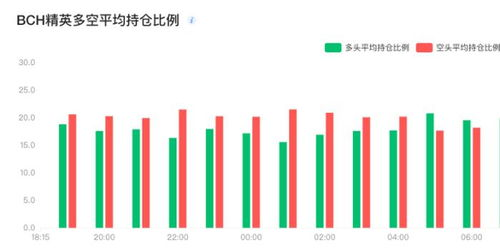BSV vs BTC: A Comprehensive Comparison of Bitcoin Forks
In the world of cryptocurrencies, Bitcoin and its forks have sparked significant discussions among investors, traders, and enthusiasts. This article delves into a detailed comparison between Bitcoin SV (BSV) and Bitcoin (BTC
), focusing on their differences, similarities, and their roles within the cryptocurrency ecosystem.
In the world of cryptocurrencies, Bitcoin and its forks have sparked significant discussions among investors, traders, and enthusiasts. This article delves into a detailed comparison between Bitcoin SV (BSV) and Bitcoin (BTC
), focusing on their differences, similarities, and their roles within the cryptocurrency ecosystem.

Understanding the Basics
At the core of this discussion lies Bitcoin (BTC
), the pioneering cryptocurrency created by an anonymous entity known as Satoshi Nakamoto in 2009. Bitcoin SV (BSV) emerged later as a result of a hard fork from Bitcoin Cash (BCH) in 2018. The primary goal of BSV developers was to restore the original vision of Bitcoin, emphasizing scalability and transaction speed.
The distinction between BSV and BTC can be broken down into several key areas: consensus mechanisms, community support, transaction processing capabilities, and overall philosophy regarding the future of blockchain technology.

Consensus Mechanisms
Both Bitcoin SV and Bitcoin utilize a proof-of-work (PoW) consensus mechanism, which requires miners to solve complex mathematical problems to validate transactions. However, the communities surrounding each cryptocurrency have different views on block size and scalability. Bitcoin has opted for solutions like the Lightning Network to facilitate off-chain transactions, whereas BSV proponents advocate for larger block sizes to accommodate more transactions per block, allowing for lower fees and faster confirmations.
This divide in strategy reflects differing philosophies, with BSV seeking to maintain a larger and more inclusive blockchain, while BTC focuses more on decentralization and innovation in financial technology.

Community Support and Development
Bitcoin (BTC) enjoys a substantial community of developers, businesses, and institutions supporting its network. This includes significant investments in infrastructure development and partnerships aimed at enhancing user experience and adoption. Projects like the Lightning Network and various Layer 2 solutions are examples of active innovation within the Bitcoin ecosystem.
In contrast, Bitcoin SV (BSV) has a smaller but passionate community. Its development is heavily influenced by a few prominent figures, notably Craig Wright, who claims to be Satoshi Nakamoto. While BSV has established several projects aimed at enterprise use and aims for mass adoption through its approach to larger blocks, it has faced criticism for its centralized nature and the lack of a broader developer ecosystem.
Transaction Processing and Scalability
When discussing transaction processing capabilities, Bitcoin SV holds a notable advantage in terms of block size. BSV supporters argue that by increasing the block size significantly (even up to several gigabytes
), they can handle thousands of transactions per second. This makes BSV very appealing for businesses looking for high transaction throughput.
Conversely, Bitcoin (BTC) focuses on scaling through different technological approaches. Although BTC’s block size remains around 1 MB, efforts like Segregated Witness (SegWit) and the Lightning Network have been designed to improve transaction speeds and lower fees without compromising network security and decentralization.
In summary, Bitcoin SV and Bitcoin represent two diverging paths in cryptocurrency development. While BTC maintains strong institutional support and a widespread community network, BSV seeks to uphold the original vision of Bitcoin with a focus on scalability. Understanding these differences helps investors and users make informed choices within the evolving landscape of cryptocurrencies.




